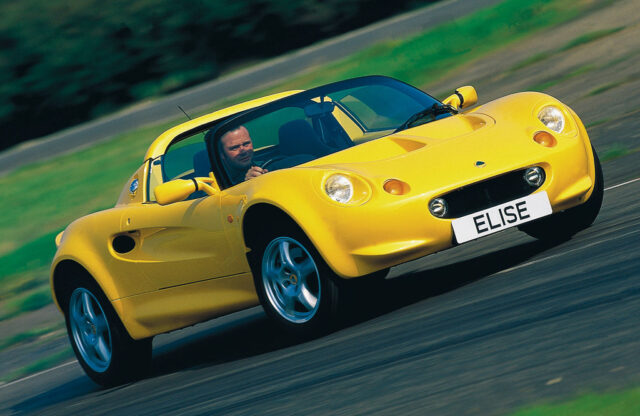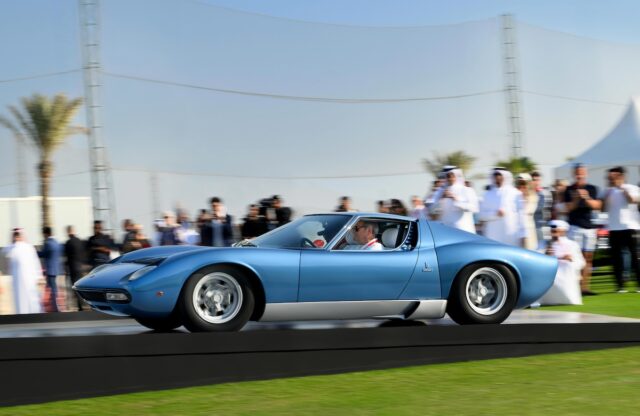While Lotus has produced many ground-breaking sports cars in its long history, by the mid-1990s the allure of its ageing Esprit was waning. Its other offering at this time was the front-wheel-drive Elan, which may have been capable but wasn’t what enthusiasts were looking for. The Elise’s arrival in 1996 was a true return to form; it didn’t pretend to be anything other than a distilled driving tool, complete with a communicative chassis and excellent steering feel. These qualities continue to define the range all these years on.
Lotus initially planned to produce a few thousand cars and then end production in 2000, but strong demand made sure that never happened; the little sports car, by now well into its third generation, continued production until 2021. The later versions slowly increased in weight, due partially to increased safety regulations and also to the addition of a few creature comforts. Nonetheless, they still offered a level of driver involvement that was missing in all but the most dedicated track cars.
If you want the purest Elise experience, the early Series 1 cars are the ones for you. Fitted with the Rover K-series engine and very basic specifications (no power assistance or driver aids of any kind), it is one of the best-handling and most responsive models available, all thanks to ‘adding lightness’. The 111S and more powerful, track-focused 340R rounded off the first-generation cars, and by the time the Series 2 arrived in time for the 2001 model year, the planned production limit of 2500 had been stretched to 9000.
The Series 2 featured a number of changes to make it compliant with increasingly stringent emissions and safety regulations. Initially models were offered with the Rover K-series motor as in the Series 1, but emissions requirements saw the powertrain changed to Toyota-sourced engines in 2004.
The addition of ABS, air-conditioning and electric windows in some models meant additional weight, yet the boosted power outputs ensured performance did not suffer. The 111S was reintroduced with the Rover K-series, but lasted only until 2005, when the Rover engine was phased out in favour of Toyota’s ZZ unit. Other track-focused cars introduced were the 135R and Sport 190, with more power and handling upgrades. Vauxhall’s very capable VX220 was developed from the Series 2 chassis. When the Series 3 cars were introduced for the 2011 model year, they continued with Toyota engines and added a few more kilograms in the form of safety equipment and additional specification. They are more sophisticated and better equipped than the original Elise, and are more usable as everyday transport, too. Even though some of the delicacy of the Series 1 cars has been lost, you would have to be familiar with both models to notice a difference.
Parts are widely available from specialists, but Lotus has also introduced its own programme offering keenly priced genuine spares. Running costs are reasonable, and generally the Elise is a reliable vehicle. A number of recalls were carried out, so in order to avoid future issues do check whether your specific model has had these addressed.
ENGINE AND GEARBOX
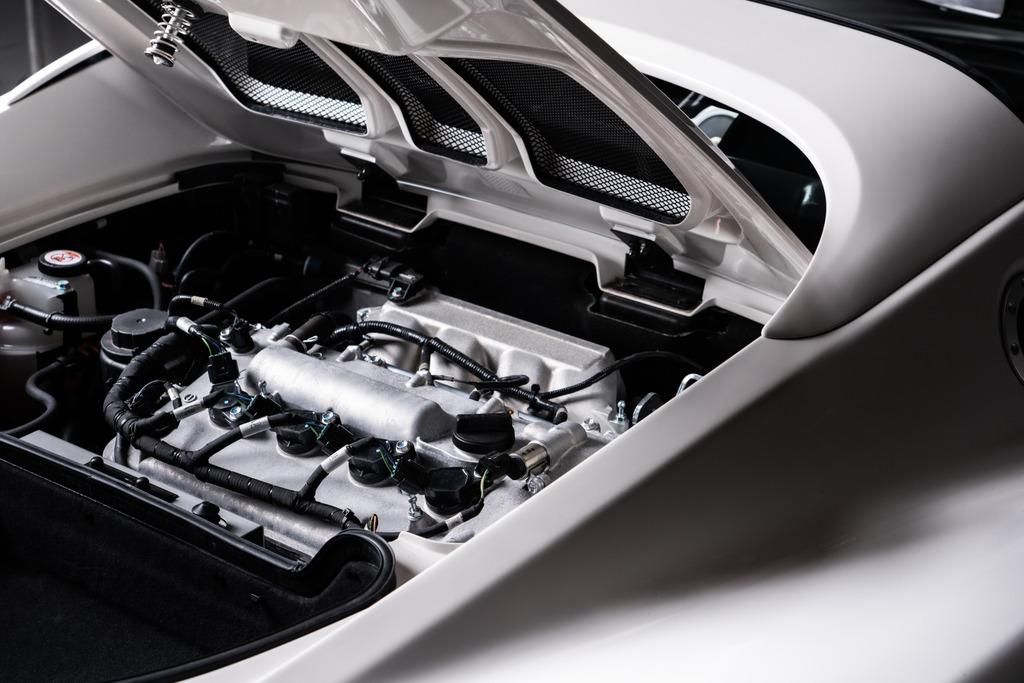
The Rover K-series engine found in Series 1 and early Series 2 cars is generally robust, but leak-prone radiators saw uprated aluminium replacements fitted in many cars. Another common issue is the head gasket blowing if the engine overheats. Fuel-injection pump fuses were uprated from 1998-on and are worth retrofitting to older cars.
Over-revving can lead to cracked cylinder liners, identified by an excessively smoking exhaust. A specialist can do an ECU dump for you to reveal whether the car has been regularly over-revved or driven excessively hard.
Cambelts need changing every four years or 54,000 miles, but it is worth doing earlier if regular track driving is planned. Toyota engines have camchains instead, and while to a casual observer these seem to be the models to have, Elise owners are split into two camps.
Transmissions are durable but cables can often stretch with age, requiring replacements. Earlier cars had unbraided rubber hoses to the clutch, making the unit function erratically. Braided items can be retrofitted, and newer cars should have them installed from the factory. Synchros can get worn on second and third gear, and linkages can also wear. Series 2-on cars had revised linkages between the lever and transmission to minimise this.
SUSPENSION AND BRAKES
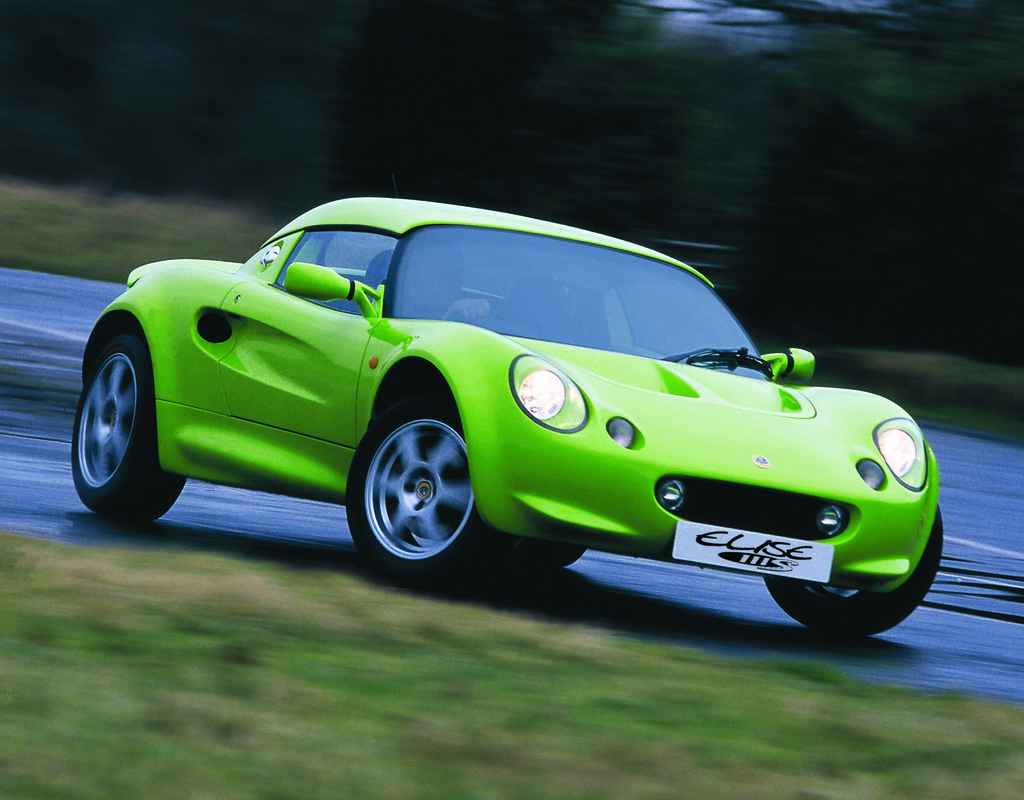
Steering racks can cause issues, so make sure the car responds crisply to inputs. Suspension components tend to be hard wearing, but problems such as cracked rubber mountings and worn shocks or bushes are hard to verify unless you know what to look for. Consequently, it’s a good idea to ask a specialist to give a potential purchase a once-over.
Series 1 cars have a tendency to corrode around the front-suspension mounting points. Some owners have found that the sports exhausts tend to wear out quickly; the standard items are longer lasting.
BODYWORK AND INTERIOR
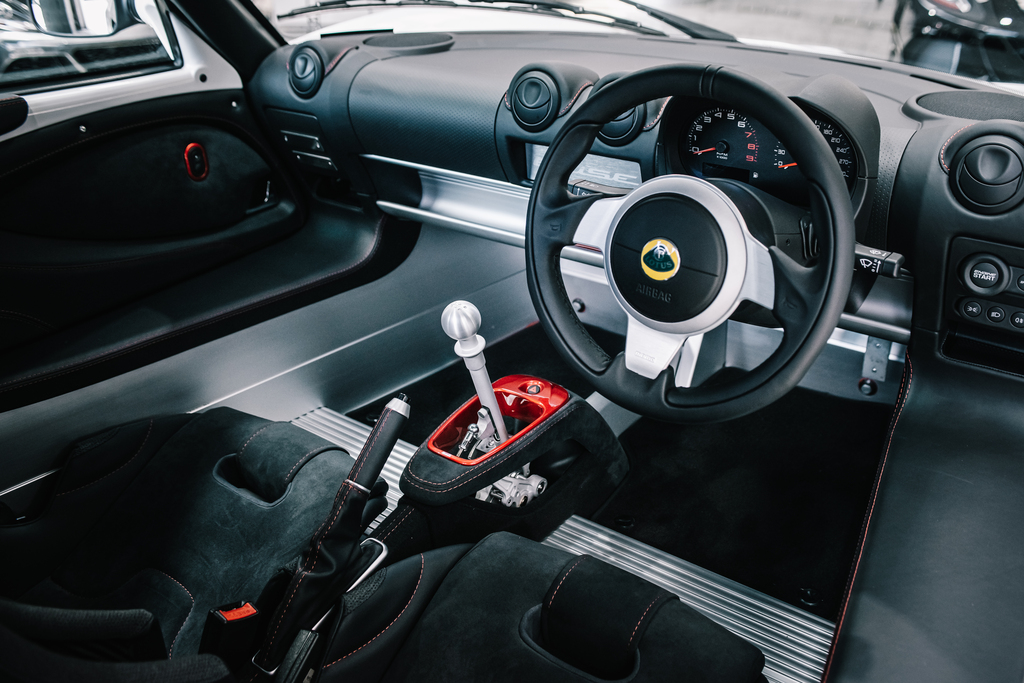
The tub features aluminium panels glued to the chassis. Rust tends to crop up only in the steel subframe, although corrosion in the footwell floor is common in Series 1 and early Series 2s.
The chassis is extremely strong and rigid, but repairing a damaged one can be very labour intensive. The same applies to the glassfibre body panels – so if the car you’re considering has been involved in an accident, you’d be wise to keep looking.
LED rear lights on the first batch of Series 2s can malfunction, but later cars have improved units. Window-winder mechanisms tend to suffer various issues, and can be repaired by specialists to save on replacement costs. There is little else to go wrong in the spartan cabin, but check the heater works, especially in Series 2s.
If air-conditioning is fitted, ensure the system is working correctly. Modules can fail and the front-to-rear pipes can also corrode, which is costly to rectify; broken air-con rarely involves just a re-gas.
WHICH LOTUS ELISE TO BUY
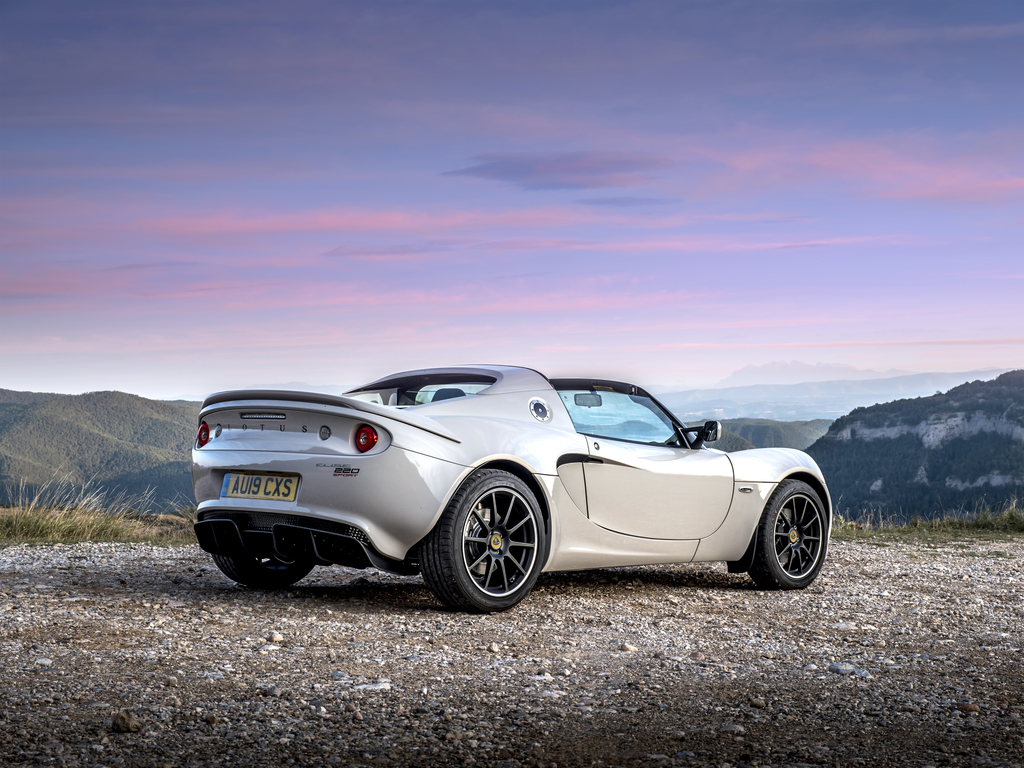
While the design brief has remained unchanged throughout the Elise’s run, safety regulations and beefier powertrains have added a bit of weight to the later models. New cars offer the safety net of a manufacturer’s warranty, but the Elise is a tough little sports car and decent used examples can be found for far less. Most are well cared for and do not generally rack up big mileages. Watch out for overly modified or track-abused examples.
The early Series 1 cars are the purest of the lot, but there is a lot to like about the Series 2 and 3 with their more reliable, Toyota-sourced powertrains. The track-focused Cup variants are absolutely ideal for weekend blasts, yet even the least powerful Elise will have you smiling as you blast down a winding country road.
All technical information in this guide was kindly supplied by Allon White Sports Cars, which is a recommended specialist for the Lotus Elise.
WHAT TO PAY
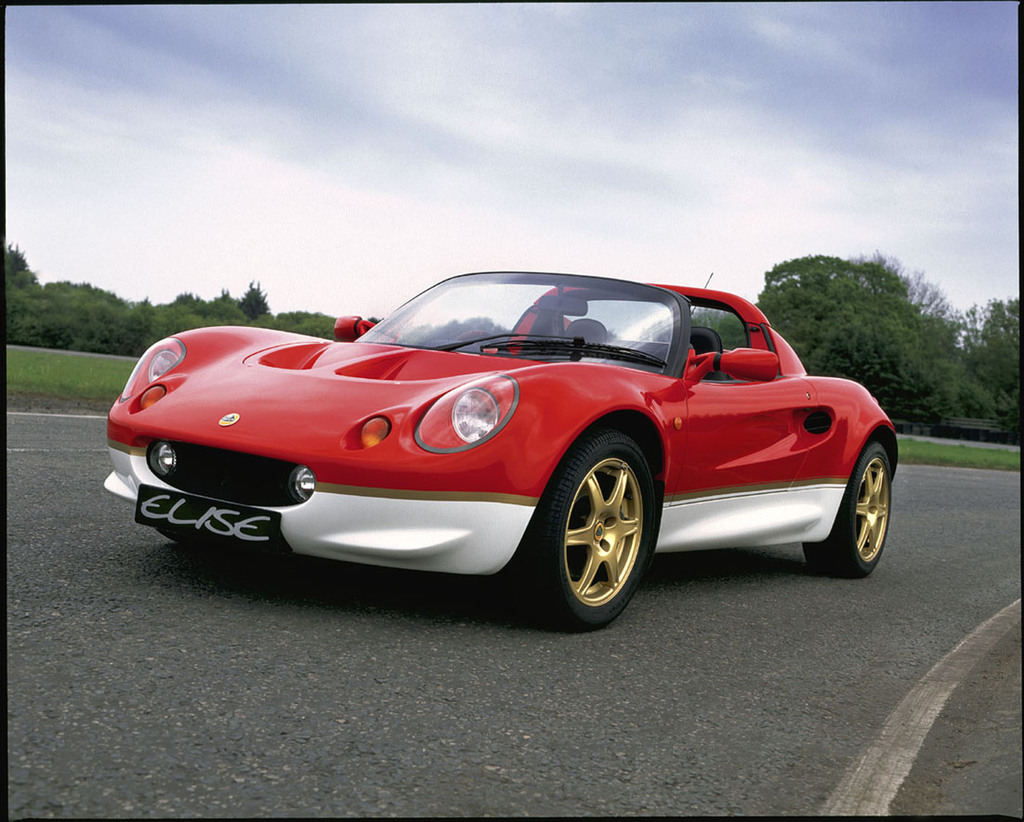
UK (2008 S2 SC Roadster)
FAIR: £23,000
GOOD: £28,500
EXCELLENT: £31,700
CONCOURS: £38,400
US (2003 Coupé)
FAIR: $29,500
GOOD: $38,300
EXCELLENT: $62,800
CONCOURS: $70,600
SPECIFICATIONS

Series 1 Elise 1.8-litre inline-four
Power: 118bhp
Top speed: 124mph
0-60mph: 5.5 seconds
Economy: 39.8mpg
Series 2 Elise R 1.8-litre inline-four
Power: 189bhp
Top speed: 148mph
0-60mph: 4.9 seconds
Economy: 35mpg (est.)
Series 3 Elise Cup 250 1.8-litre supercharged inline-four
Power: 245bhp
Top speed: 154mph
0-60mph: 3.9 seconds
Economy: 35mpg (est.)
